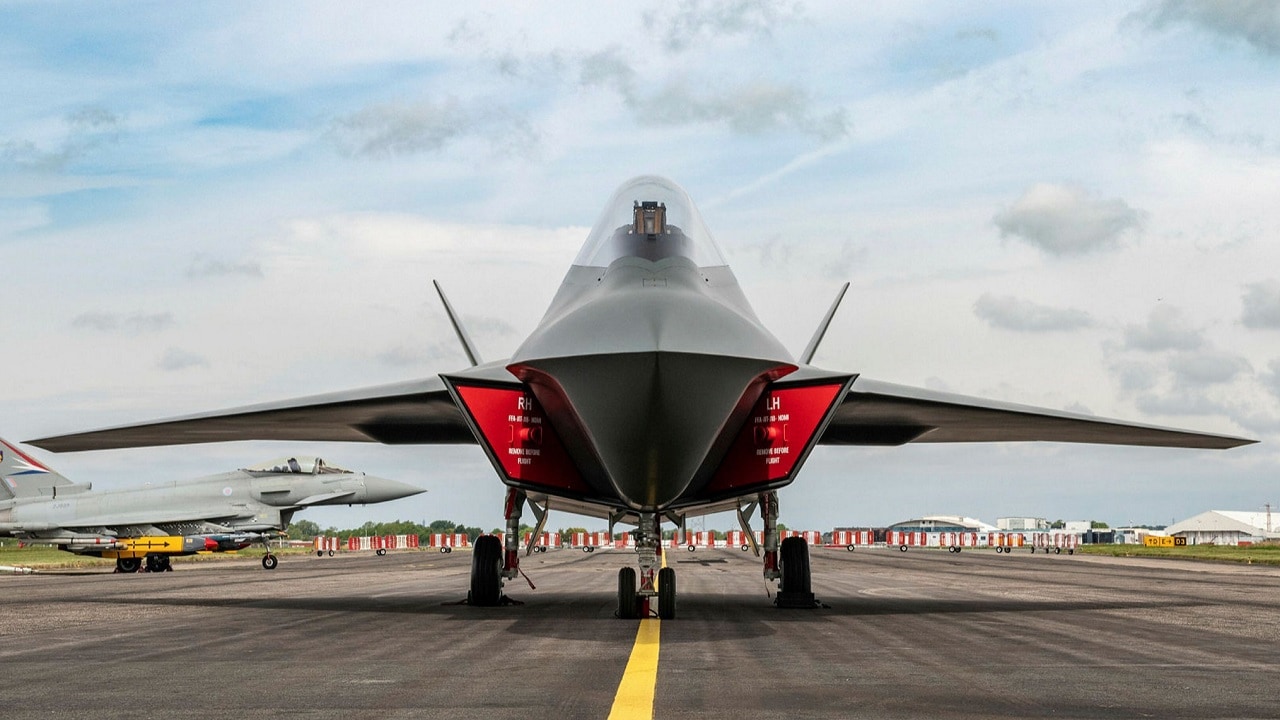The F-35 and F-22 might seem old and obsolete when the Tempest hits the skies – The United Kingdom’s Tempest, a planned sixth-generation fighter, will proceed with an assist from Japan.
The two countries will work together to produce a multi-role sensor that should improve the future war plane’s intelligence, surveillance, and reconnaissance capabilities. Japan is already striving to build a new engine demonstrator for the Tempest. Japan joins Italy and Sweden to make up the airplane’s consortium of defense contractors and will provide important technological leaps for the new British warplane. Here is a full update on where the Tempest project stands right now:
Jump on the Tempest Band Wagon
The Tempest has three main defense contractors: UK’s BAE Systems, Sweden’s SAAB, and Italy’s Leonardo. Now Japan is entering the mix. The Japanese are already assisting Britain’s Rolls Royce with the propulsion system demonstrator and an estimated 500 engineers are working at Rolls Royce on the Tempest engine. The British Ministry of Defence is plowing $40 million into the engine-production efforts.
New Tempest Engine Is Exciting
The future Tempest engine will produce and store electrical power made by the gas turbine engines and will use a thermal controlling system to recycle heat, enhancing performance and reducing the Tempest’s heat signature.
British and Japanese Cement Partnership
Now the British and Japanese will work toward the new sensor system called Jaguar. Autoevolution.com said on February 16 that “Jaguar is meant to detect lethal threats from air, land, and sea and to locate targets as fast and as accurately as possible.” The work starts in April and will be executed over the next five years.
The British military has wanted to make inroads by partnering with countries in the Indo-Pacific region and Japan fits the bill. The Japanese are already working on their own next-generation fighter, the Mitsubishi F-X 6th-generation stealth warplane, and research and development from that project will help the Tempest program.
UK Defense Secretary Ben Wallace said, “Designing a brand-new combat air system with a fighter aircraft at its heart is a highly ambitious project so working with like-minded nations is vital. Building on the technological and industrial strengths of our two countries, we will be exploring a wide-ranging partnership across next-generation combat air technologies.”
3D-Printing and Cutting-Edge Radar
The first flight of the Tempest is expected in 2035 and will replace the Eurofighter Typhoon in Italy and the UK and the SAAB Gripen in Sweden. Manufacturing of the Tempest is believed to include 3-D printing.
Leonardo is working on the Tempest’s Multi-Function Radar Frequency System, which is a re-imagining of how radar is built. This has a group of smaller antennas working with miniaturized receivers to generate their own radar beam to suck up huge amounts of data from the skies and from the ground.
Like other 6th-generation airplanes, the Tempest will likely use artificial intelligence software to run the autonomous drone loyal wingman concept. The cockpit of the Tempest would incorporate augmented reality technology.
Tempest: Job Creation Around the Globe
Are there too many cooks in the kitchen for this airplane?
Tempest must rely on seamless cooperation from many defense contractors. Just the language barrier is enough to slow progress down. One thing that can keep the program afloat with funding is that it is a job creator for multiple countries. This is usually a good sign an acquisition project has staying power.
Speed will be of the essence as China and Russia have made inroads on their own next-generation fighter and the Tempest designers do not want to be left behind by these competitors. Alas, the Tempest has its work cut out for it, but it appears it has generated goodwill and teamwork across the world.
Now serving as 1945’s Defense and National Security Editor, Brent M. Eastwood, PhD, is the author of Humans, Machines, and Data: Future Trends in Warfare. He is an Emerging Threats expert and former U.S. Army Infantry officer. You can follow him on Twitter @BMEastwood.

